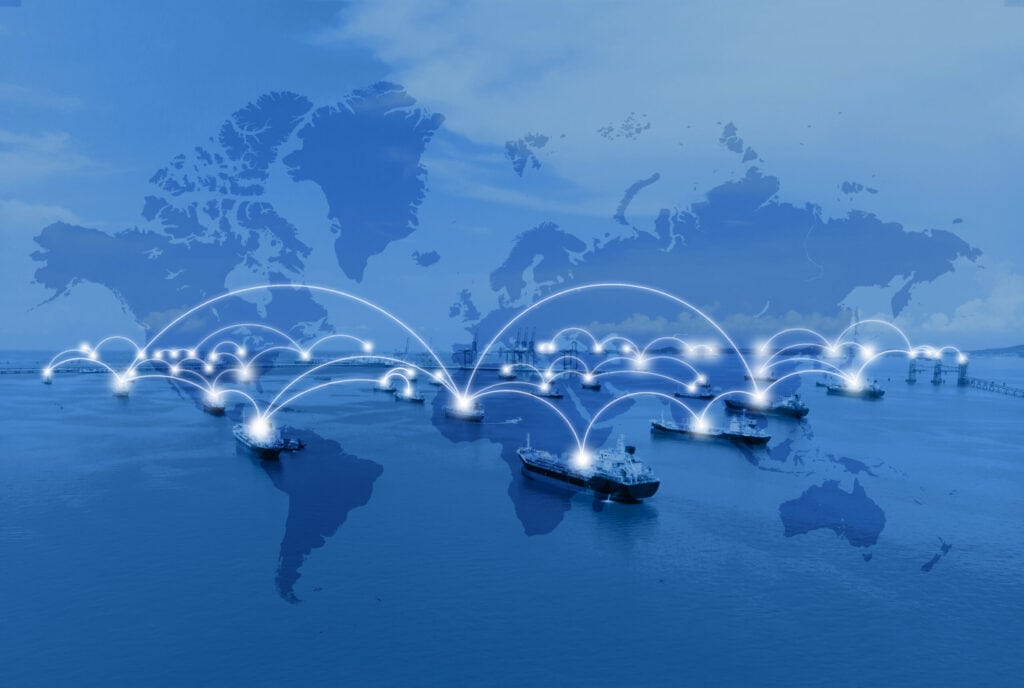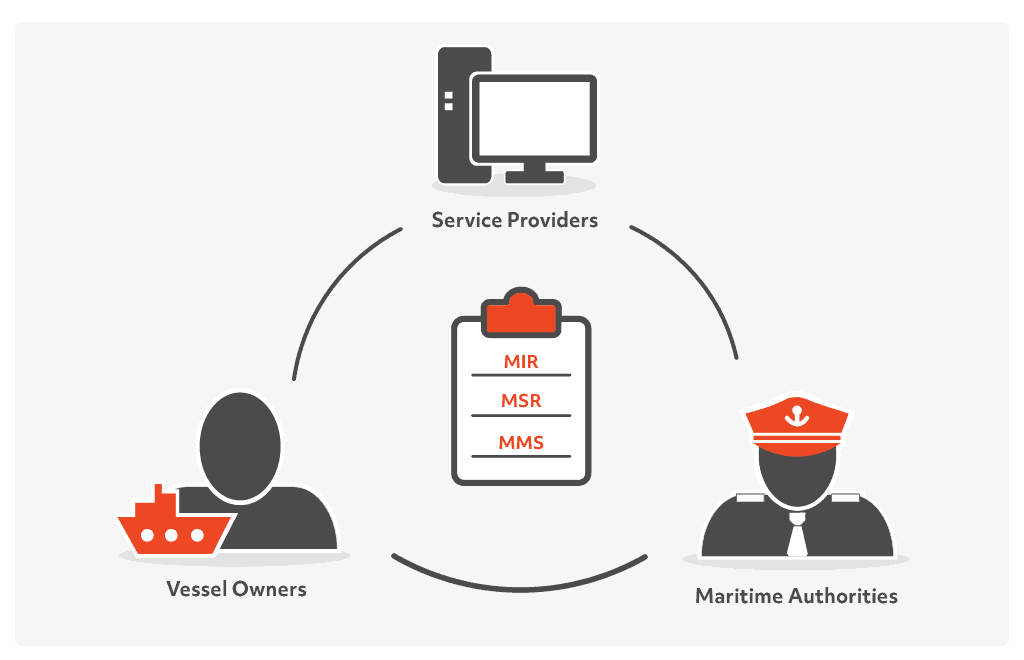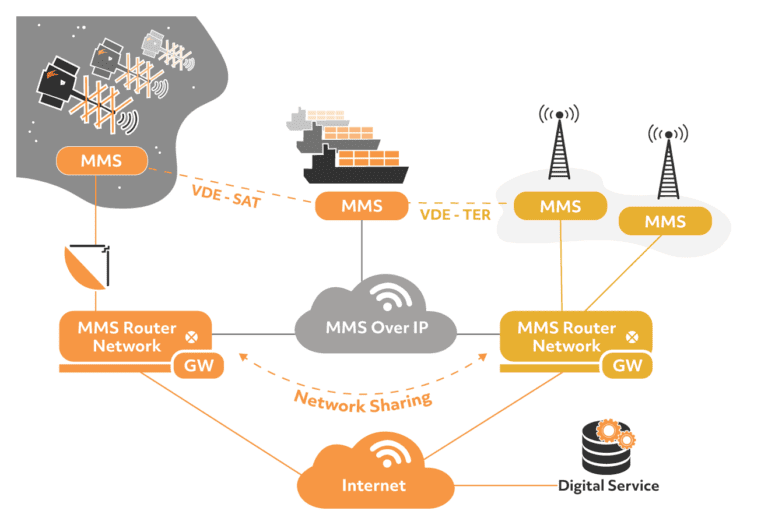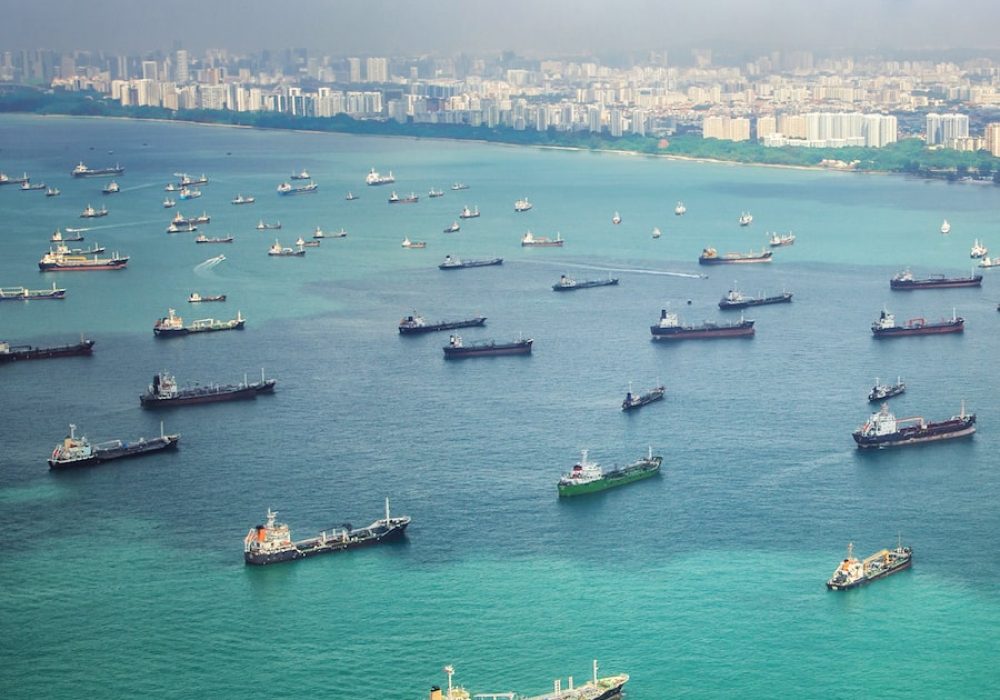Maritime Messaging Service (MMS), as defined in RTCM Standard 13900.0 for Maritime Messaging Service Architecture and Protocol, is a messaging component that allows authorized maritime stakeholders to send and receive messages in an efficient, reliable, and seamless manner within the Maritime Connectivity Platform (MCP). IALA recommends the use of AIS 2.0 (VDES) together with the MMS ( IALA guideline G1117). MMS solves problems of the current maritime wireless data communication system.
Trusted navigational warnings for an area of interest in a standard format (S-100) displayable on ECDIS.
Secure exchange of port call data to enable optimal coordination and synchronization of port visits between vessels and ports around the world.
Augmenting AIS with digital signatures to validate the identity of the transmitter.
Trusted virtual AtoNs by the maritime authority to all ships in a given area, in a standard format (S-100) displayable on ECDIS.

Once a vessel departs from port, the possibility of emergencies will be present. A range of systems and services to support safe navigation are available to reduce risk. To a large extent, this is regulated globally under IMO through the SOLAS convention. Both the equipment, services, and technology used for navigation must be certified and reliable. When utilizing modern, digital e-Navigation services, cybersecurity also becomes very important. For many years, the lack of established standards in this area has prevented a desired move towards a higher level of digitalization of navigational solutions.
The combination of new standards – MCP for service provisioning, VDES for global connectivity, MMS for data exchange, and S-100 for data formatting – ensures that cybersecure digitalization of maritime operations can now be realized.

You do not need to worry about the security of services provided, nor developing them, as these are implemented by digital service providers to follow international standards.
All new maritime digital services should adhere to the global standards of MCP, MMS, VDES, and S-100. This way, they will be universally applicable, ensuring seamless functionality across all vessels worldwide and for all maritime authorities.
All services provided over MCP, MMS, VDES, and using S-100 formatting can be trusted and implemented on the bridge of your vessels. You do not have to worry about the trustworthiness of services since only strictly vetted services will be available through MCP and MMS.
Maritime Connectivity Platform (MCP) is a decentralized platform facilitating secure and reliable information exchange within the maritime field and also beyond as the maritime world itself is not isolated and it needs to exchange information and data with other domains, e.g. other means of transport.
The exchanged information encompasses a wide range of content, extending from confidential communication between a vessel and the shipowner’s onshore office to publicly shared information from authorities, such as navigational warnings.
Maritime Messaging Service (MMS) is a very robust and secure data transfer method for maritime digital services. MMS will utilize any available communication technology (VDES, NAVDAT, or internet), which in a maritime environment may be inherently unstable and unpredictable. To achieve a maximum level of security, it was designed to exploit the authentication elements of the Maritime Connectivity Platform (MCP).

A functionality designed to facilitate the efficient and stable utilization of the e-Navigation service by ships. This function involves the conversion of information received from an e-Navigation service provider or another ship (acting as the information sender) into a message, which is then temporarily stored. Subsequently, the Maritime Messaging Service (MMS) allows the information receiver, typically a ship, to retrieve the relevant message.
It is a functionality that enables the delivery of a message to a recipient without relying on a network locator, using a unique identifier established by the Maritime Resource Name (MRN). In maritime scenarios where the ship’s Network Locator can change, depending on it for message transmission may pose reliability issues. This challenge is addressed through the process of message relaying.

If you have any questions regarding our products and services, visit our FAQ page or book a meeting.

Danalien 1, 2 tv, DK-9000
Aalborg, Denmark